Having fought the plant for years, environmentalists express surprise that the state has greenlighted a major new greenhouse gas polluter

Name game: Despite the eco-friendly implications, the Wind Chaser power plant is actually chasing fracked gas. Opponents, who gathered in Salem on October 30, are not fooled. Photo by Allyson Woodward
By Ilana Cohen, InsideClimate News. November 5, 2020. Columbia Riverkeeper and Friends of the Columbia Gorge asked a Multnomah County court on Monday to review a “grievously” unlawful decision by the Oregon Department of Energy to allow construction of the controversial Perennial Wind Chaser power plant. If built, the plant would be one of the state’s largest stationary sources of greenhouse gas emissions.
The nonprofit environmental groups alleged the state allowed developers to meet a Sept. 23 construction deadline without required stormwater and air pollution permits by breaking construction into “phases.” They claimed that grading the site in preparation for an access road represented “phase 1” of plant construction in a way that was never approved by a state siting panel.
If completed, the 415-megawatt, natural gas-fired power plant near Hermiston in Umatilla County, 160 miles east of Portland, would provide additional power to the power grid when electricity demand peaks to complement intermittent renewable sources like wind.
According to Columbia Riverkeeper, the plant would generate over 1 million tons of carbon pollution annually, in addition to increased air pollution linked to cardiovascular and respiratory illness.
J.J. Jamieson, vice president of operations and development at Perennial Power Holdings, Inc, said in an email that the company “is pleased to move forward in the next steps of the Wind Chaser Station project, on our way to providing the Northwest with reliable energy that will set the stage for sustainable energy technologies in the future.”
He called the project “an ideal energy solution for the state of Oregon and greater Northwest region.” Perennial Power is also co-owner of the natural gas fueled Hermiston Generating Plant in Umatilla County.
After years of opposing the project, environmental groups now hope a combination of legal action and grassroots organizing can help them shut down Perennial’s construction.
A power plant with no customers
The plant was first proposed six years ago by a subsidiary of one of Japan’s major industrial conglomerates, Sumitomo Corporation. That was well before Oregon adopted ambitious statewide goals for carbon emissions, and greater offset payments for mitigating greenhouse gas pollution, that would make the natural gas-burning electric utility considerably more expensive to operate.
But since the adoption of such goals, environmentalists have only found it harder to stop the plant’s development in an escalating fight.
The plant’s developers envision no more than 4,400 hours per year at full load by burning natural gas delivered via the nearly 1,380-mile-long Gas Transmission Northwest pipeline. The existing pipeline, owned by TC Energy, transports Canadian natural gas to communities in Washington, Oregon and California.
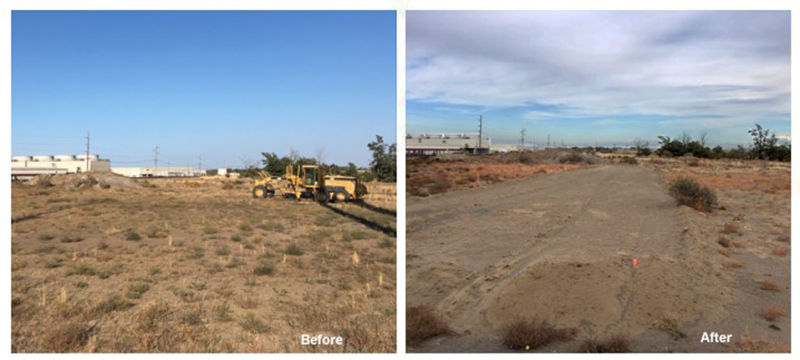
Level with us: Does grading an access road qualify as starting construction? The state accepted it as “phase 1” of required building on the Wind Chaser plant, which received its original site certification in 2015. Courtesy of Columbia Riverkeeper
Finding a market for the plant’s output in Oregon, where hydropower and other renewable energy sources account for a majority of the state’s utility-scale net electricity generation, has likely only become more difficult amid stricter statewide energy standards and a pandemic that has depressed overall natural gas demand.
Environmentalists contend this lack of a market should be proof enough that the plant need not go forward. Still, they say they find themselves having to use every legal device at their disposal to keep it from proceeding.
‘Baffling’ decision by state called into question
Monday’s court action came days after activists sent a letter to Oregon Gov. Kate Brown and Janine Benner, director of Oregon’s Department of Energy, asking them to terminate the plant’s permit and investigate the department’s approval process.
Nathan Baker, a senior staff attorney for Friends of the Columbia Gorge, said that the petition seeks “a judicial determination that the Perennial site certificate is expired and must be terminated” and that prohibits “any further site work on this project unless and until a new site certificate is issued.”
Dan Serres, Columbia Riverkeeper’s conservation director, said he found it baffling that Oregon has allowed Perennial to move forward despite its apparent violations of state law and amid concerns over its impacts on the global climate, local environment and nearby communities.
It is astonishing, he said, “for Oregon, which prides itself on trying to address climate change, to be holding the door open for this very large polluter.”
[perfectpullquote align=”full” bordertop=”false” cite=”” link=”” color=”” class=”” size=””]Constructing a new fracked gas power plant that would join the state’s top greenhouse gas polluters seems to directly contradict Gov. Brown’s greenhouse gas reduction goals.[/perfectpullquote]
If the state had found that developers missed their Sept. 23 construction deadline and required them to apply for another site certificate extension, Perennial would have been subject to an updated offset rate of $2.85 per ton of carbon emitted by the plant, rather than the $1.90 per ton rate in effect when it received its amended site certificate in November 2019.
Allowing the plant to proceed under its current certificate saved developers as much as $11 million a year “at much greater harm to the environment,” Columbia Riverkeeper said in a statement.
How green is Oregon?
Oregon has sought to brand itself a climate leader under Gov. Brown’s administration.
Earlier this year, Brown signed an executive order directing state agencies to take action to help meet greenhouse gas reduction goals of at least 45% below 1990 emissions levels by 2035 and at least 80% below 1990 levels by 2050.
The state’s Renewable Portfolio Standard also commits Oregon to sourcing 50% of its electricity from renewables by 2040, while legislation has also committed the state to phasing out electricity generated by coal by 2030.
But constructing a new fracked gas power plant, one that would join the state’s top greenhouse gas polluters, seems to directly contradict those goals.
MORE: ODFW’S new climate change policy changes nothing
Despite the state’s progressive reputation on climate, some environmentalists suspect the state’s relationship with developers may help explain Perennial’s progress.
Dineen O’Rourke, campaign manager of 350 PDX, which is part of the Pacific Northwest’s Power Past Fracked Gas coalition, said the group was concerned that staff from the Oregon Energy Facility Siting Council were “a little too cozy with the developers of the project,” adding, “We see that as a possibility for why this is moving forward so quickly.”
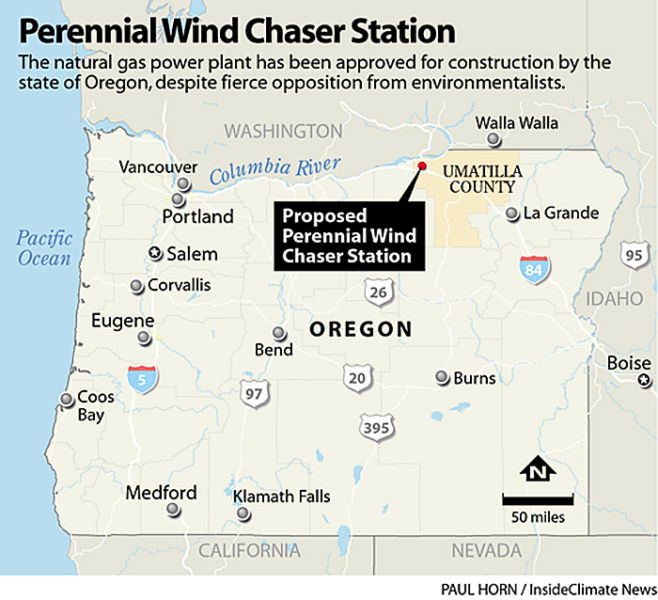
Jennifer Kalez, a spokesperson for the Department of Energy, sharply disputed the contention that state officials had been in any way co-opted.
“Oregon Department of Energy staff are dedicated public servants, who work hard to ensure the laws and rules for siting large energy facility projects in our state are followed, regardless of the type of facility being built,” she said in an emailed statement, adding that the efforts of siting council members “are also focused on making sure proposed, approved and operating facilities follow their standards.”
“Any suggestion otherwise is categorically false,” said Kalez.
“A disaster for Oregon’s climate goals”
While natural gas offers a cheaper and cleaner alternative to other fossil fuels like oil, it’s far from climate-friendly.
Serres of Columbia Riverkeeper said Perennial’s projected carbon emissions represent only “a slice of the pollution” it entails.
He said there could be additional climate impacts from methane leaking along the supply chain for the Perennial station. A study published in 2018 found that emissions from the U.S. oil and natural gas supply chain due to methane leakage were 60% greater than the U.S. Environmental Protection Agency inventory estimate.
Methane, a primary component of natural gas, is a greenhouse gas 84 times more potent over a 20-year period than carbon dioxide. On top of emissions, the process of fracking for gas raises numerous environmental concerns, including contamination of local water supplies.
Serres said the Perennial plant could also produce volatile organic compounds, which contribute to low-level ozone or smog formation—already an issue in the Columbia River Gorge.
“This entire project is a disaster for Oregon’s climate goals,” said O’Rourke of 350 PDX.
Lisa Arkin, executive director of nonprofit statewide environmental justice organization Beyond Toxics, also raised concerns around the potential health harm to communities where the fracked gas fueling Perennial, which would be delivered via a natural gas pipeline lateral tapping into the existing Gas Transmission Northwest pipeline, is being mined.
“The potential for pipes leaking, breaking, polluting water is just an unacceptable environmental and human health risk,” said Arkin, noting the project’s proximity to the Columbia River.
Environmental groups forge ahead
Though developers and state officials have effectively dismissed claims that Perennial violated state law, environmentalists believe they can make a strong case showing otherwise.
Baker, Friends of the Columbia Gorge’s senior staff attorney, said Perennial failed to comply with numerous preconstruction conditions of its site certificate and state regulation necessary to lawfully start construction on any part of the project.

Door dash: Climate activists delivered letters to state government offices in Salem last week demanding the termination of Perennial’s site certification. Photo by Allyson Woodward
“What they’ve done by conjuring up this legal fiction of starting construction by only building a road is to extend their time by which they can build the project,” said Baker.
He said such action directly contradicts the Oregon’s legislature’s intent to prevent developers from “site banking,” or locking up sites for state-approved energy facilities they may never complete.
Jamieson said Perennial was “working within all legal requirements and state regulations laid out by the Oregon Department of Energy, Oregon Department of Fish and Wildlife and other organizations to meet the conditions of our certificate.”
Kalez, the Department of Energy spokesperson, said Perennial satisfied its phase 1 pre-construction conditions with the siting council on Sept. 18 and that those conditions did not include the stormwater permit invoked by environmental groups.
She also said the DOE had inquired with Oregon’s Department of Environmental Quality about Perennial’s stormwater permit requirements and could initiate enforcement action if there’s evidence that developers “failed to obtain a necessary permit or to comply with an applicable site certificate condition at any time during the construction or operation of a facility.”
But in their Oct. 30 letter to Gov. Brown and Energy Director Benner, environmental advocates called the Energy Department’s position “erroneous” and maintained that DOE staff “not only failed to ensure that the site certificate conditions were being followed, but in fact facilitated Perennial’s law-breaking actions.”
Serres called on Gov. Brown to hold DOE and Perennial accountable for actions that he said violate the Clean Water Act, jeopardize state climate goals and “fundamentally undermine the public’s trust in our agencies’ and leaders’ commitment to protecting Oregon’s climate and upholding the law.”
If the legal case against Perennial fails, pure economics may yet succeed in shutting the plant’s construction down and delivering opponents an environmental victory.
Baker said “it’s at best unclear whether the Perennial developers actually intend to build this project,” given that they still lack a power purchaser.
“I don’t anticipate that demand for new power projects will go up in the near future,” he said, “and it seems as if Perennial doesn’t anticipate that either or else they would have lawfully started construction or applied for another extension of the construction deadline.”
Ilana Cohen, an InsideClimate News fellow, is a student at Harvard University. She has contributed to The Nation, The Guardian, The New York Daily News and other publications.
Columbia Insight is publishing this story in collaboration with InsideClimate News, a nonprofit, independent news organization that covers climate, energy and the environment. You can subscribe to the ICN newsletter here.



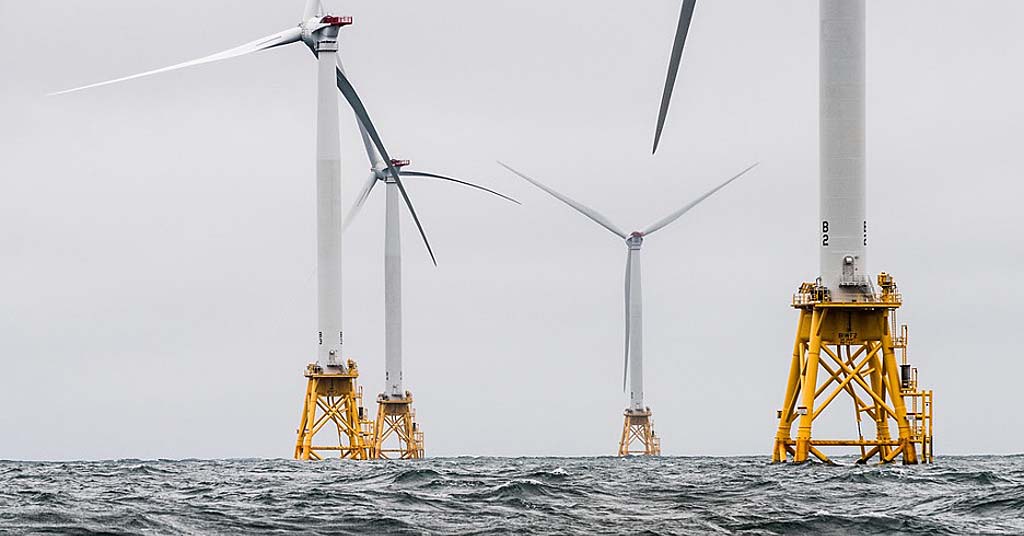
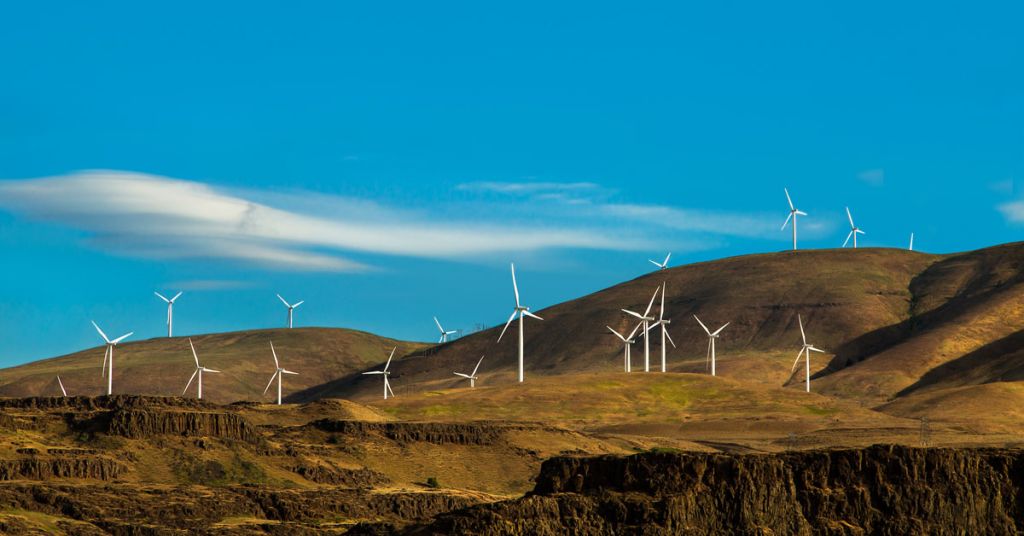
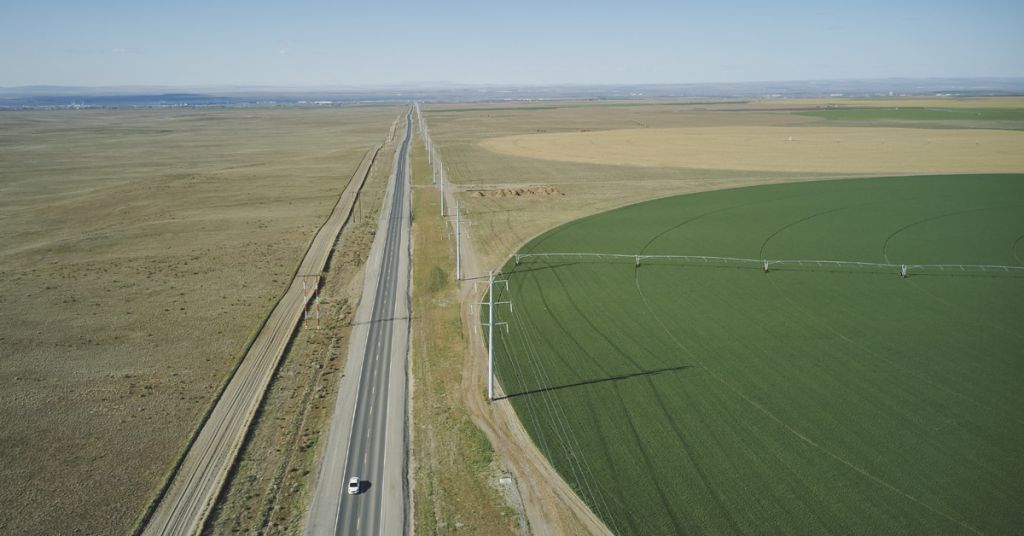




I’m not an energy expert, but I have always understood that you have to have some sort of on-demand power source to back up wind, solar, and hydro because none of those sources are steady, 24/7, year-round producers. The wind doesn’t always blow, the sun doesn’t always shine, and the river flows are up and down. If this is true, it seems like gas is a better alternative than coal or nuclear…?